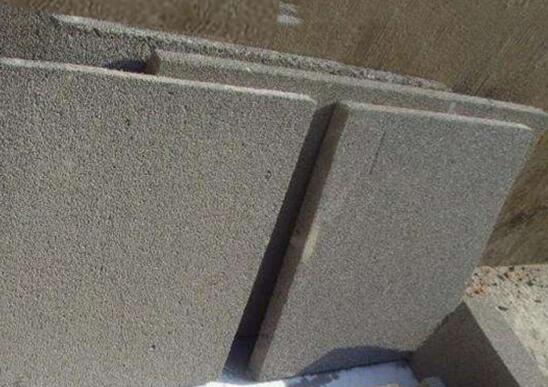The external wall insulation integration and its pasting will cause a certain gap between the insulation system and the external wall, and the increase of the gap will also cause the cracking of the external insulation coating. In the external wall insulation design, some insulation systems are not designed for the inner side of the parapet.

External wall insulation integration and its pasting construction method
The specific method of external wall insulation integration construction is: add 30mm×40mm×0.7mm horizontal full-length galvanized light angle steel to each layer, and fix the angle steel to the wall with nails (spacing 1250px). Nail a 5mm diameter needle with tail hole every 1250px on the base wall, and fasten the tail hole with 22E galvanized aluminum wire double strands. In severe cold or hot summer, it is easy to suffer from freeze-thaw and deformation stress caused by temperature difference, which will cause the wall to hollow and peel off. When installing air conditioners or equipment on it, the surface layer will not crack, and heavy objects can be nailed and hung on its insulation layer.
When installing fixed-length external wall insulation integration, the closing treatment of special parts must be considered at the same time. For example: pay attention to the leakage prevention problem at the window edge, the aesthetic problem of the window edge, whether it can be installed in large quantities, etc. The protective layer of the exterior wall waterproof layer uses polystyrene board instead of brickwork, which refers to the problem of the method outside the exterior wall waterproof layer. Since the waterproofing of the exterior wall belongs to the facade waterproofing, there are certain requirements for the materials outside the waterproof protective layer.
The leveling layer must be firmly bonded to the wall, and there must be no delamination, cracks and hollows. The tensile bonding strength of the bottom layer and the adhesive bonding of the integrated exterior wall insulation shall not be less than 0.3MPa, and the detachment area of the bonding interface shall not exceed 50%. Selecting an interface agent for interface treatment can effectively enhance the adhesion. Add any auxiliary materials such as antifreeze agent and early strength agent to the bonding mortar, bonding mortar, protective mortar and various supporting materials. Anti-slurry agent. Early strength agent only works on cement hardening and is ineffective for polymer film formation.